Tourism to Kunisaki Peninsula
What's on
There are a huge variety of events happening throughout the year and throughout Oita. The locals love gathering together and events of all descriptions can be found wherever they live, from the largest city through to the smallest hamlet. The following list includes most of the major events plus some other intriguing ones.
African Safari
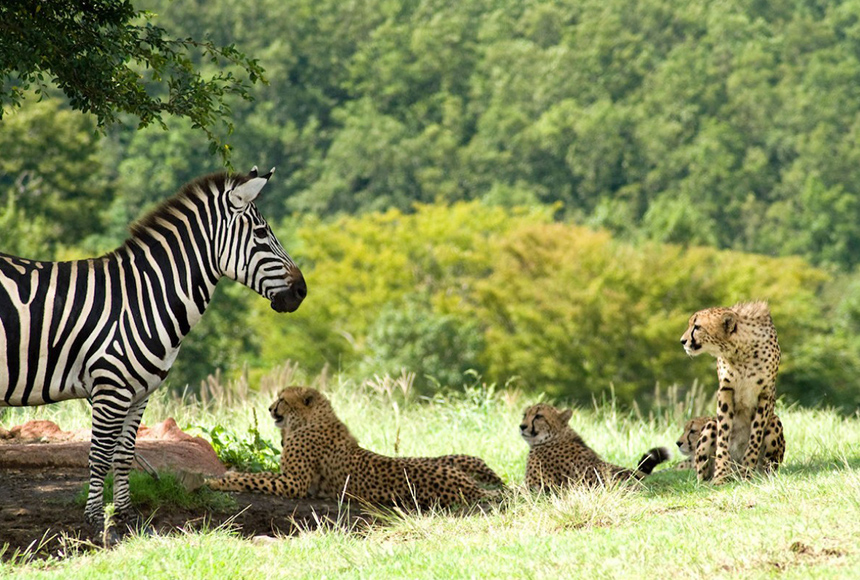
At the largest wildlife park in west Japan an exotic and exciting experience is provided for children through to adults alike in the heart of Oita. Visitors come into close – literally eye-to-eye - but safe proximity of a range of the world’s animals including lions, tigers, elephants, giraffes, cheetahs, hyenas and rhinoceros. Opportunities to feed some of these great beasts can be combined with petting some much smaller and less ferocious ones such as loris, squirrel monkeys and hedgehogs. Most recently, a rare white tiger born at the park, has grown into a young adult and begun to make appearances.
Drive through the wildlife enclosures either in your own car, or ride one of the distinctive and fun Jungle Buses, coaches that have seemingly metamorphosed into giant motorised versions of some of the Park’s residents. In the Jungle Buses the tables are turned; humans are carefully caged in while the animals free to roam their wide domain.
Sonic Park Ajimu Go-Karting
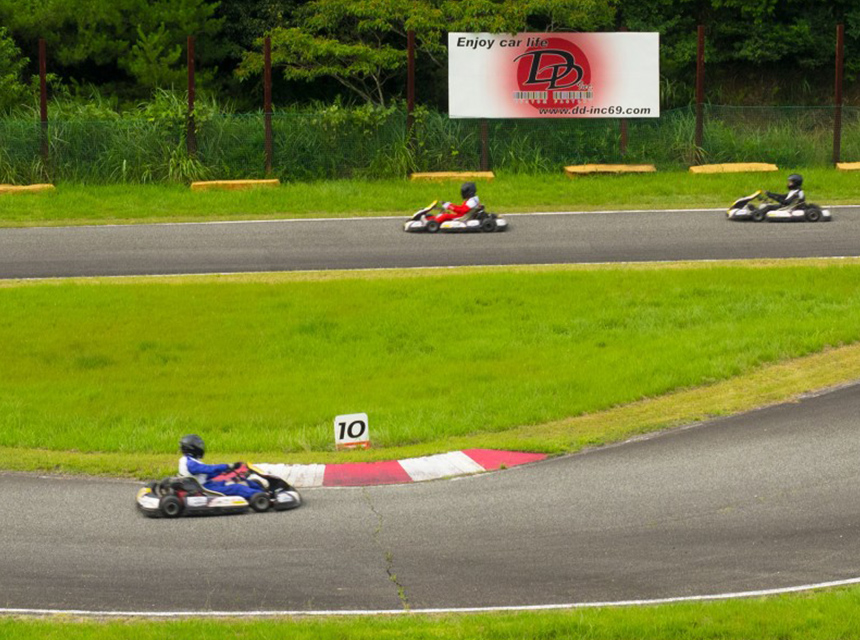
A stone’s throw from the Ajimu Winery is the pocket-sized Sonic Park, where karting enthusiasts speed up to 80km per hour around its tightly twisting, 1,080 metre track. Although the racing is taken very seriously the emphasis is firmly on everyone having fun, even newcomers for who karts, including twin-seaters, are available for rent.
Ajimu Winery
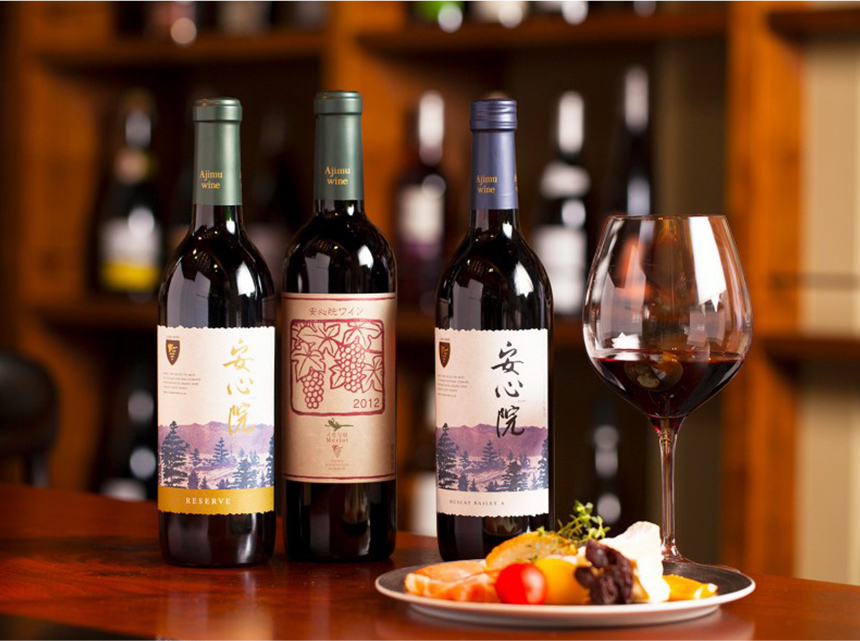
Top grade grapes for the table are grown widely in Kyushu and are a staple fruit during the summer months. Grapes for viticulture, the production of wine, are, however, much rarer in the region. Nevertheless, at the Ajimu Budoshu Koubou boutique winery, deep in the Usa countryside, the wines have been perfected since the fruit was first harvested here in the 1960s. The climate here is ideal for growing a variety of grapes, which are the basis of the 22 different types of wines bottled here including Chardonnay, Sauvignon and Merlot.
Surrounded by vineyards, the winery, its cellars, tasting bar, shop and café are set in an attractive and lush woodland garden. All its wines plus brandy and fortified wines, are available for tasting and sale including the Ajimu Sparkling Wine, which goes through a second fermentation in the bottle. Made by hand over an extended period of time, it has won the highest award in its division of the Japan Wine Competition several times. Grape juice is available for those who do not drink or are driving. Other delicacies including local meat products, foreign cheeses and ice cream are available along with the wines for purchase. For those still with the legs, a path in the grounds leads to a hilltop from where views open up over the surrounding vineyards and the countryside of Ajimu beyond.
September
Ajimu Wine Festival
A two-day celebration of music, local food and, of course, viticulture at the Ajimu Winery.
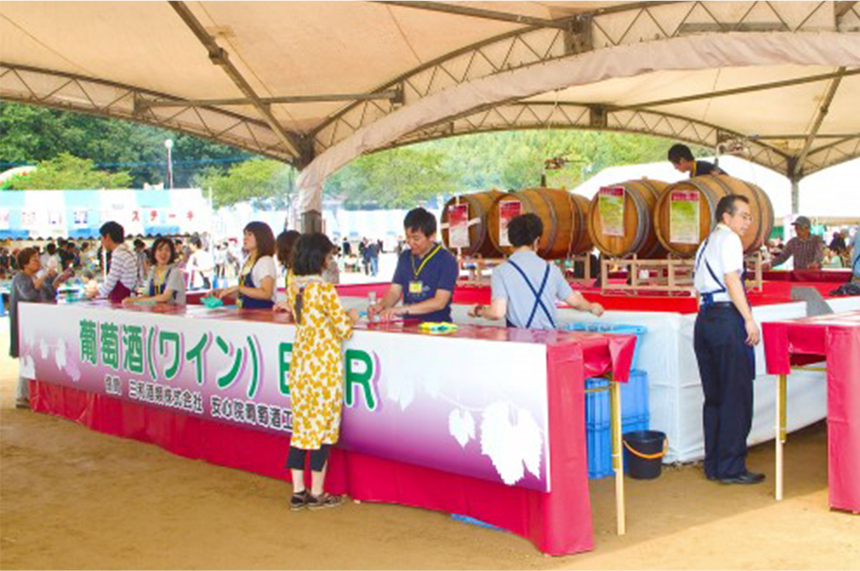
Keisho-ji
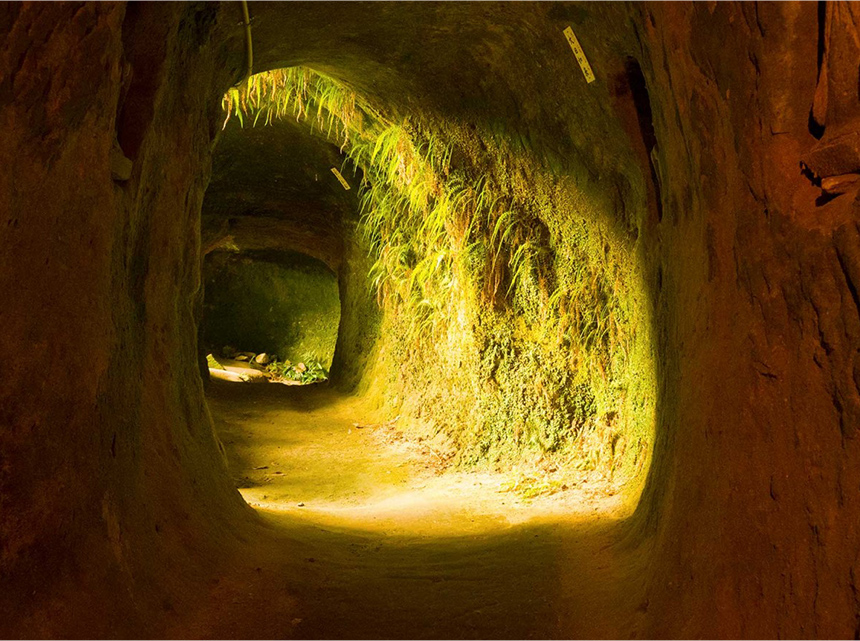
A sign at the foot of the short flight of steps leading up to an unassuming hut, the sole structure left in the grounds of this now sleepy but once much grander temple, indicates the way in Japanese characters to Jigoku Gokuraku, or Hell and Heaven. The Ajimu Winery is nearby, and, depending on how attractive the tasting bar has been, the scenes found within the caves here could perhaps serve as a metaphor on the visitors’ various states of sobriety.
In 1820, long after Keisho-ji had been abandoned, the monk Godo Hoin set about turning the small system of man-made caves, found at the rear of the precincts, into a symbol of all our fears and hopes; a graphic depiction suffering of hell and the pleasures of heaven that may await us in the afterlife.
Entering the caves, the first chamber, a dank and dimly lit space, houses the court of the netherworld. Here a cantankerous-looking statue of Enma, flanked by his ogre-ish horse-headed and ox-headed co-adjutants, sits in judgement on souls departing this earth.
From here on, however, there is no choice but to enter the hell realm. Progress is constricted as the passageway narrows and the ceiling lowers. Everyone making their way through here are spied on by devils in alcoves lining the route, which leads to another small chamber containing the chin-no-ike blood pond. Here a blue and a red devil stir the morbid waters, where the worst sinners spend eternity swimming while being subject to endless tortures.
Walk further on, however, and the visages on the ever present devils gradually lose their grimaces and soften as the passageway widens, and daylight begins to flood in. Finally, a row of serene, smiling Buddha statues await at the exit into broad daylight and the open skies of paradise.




